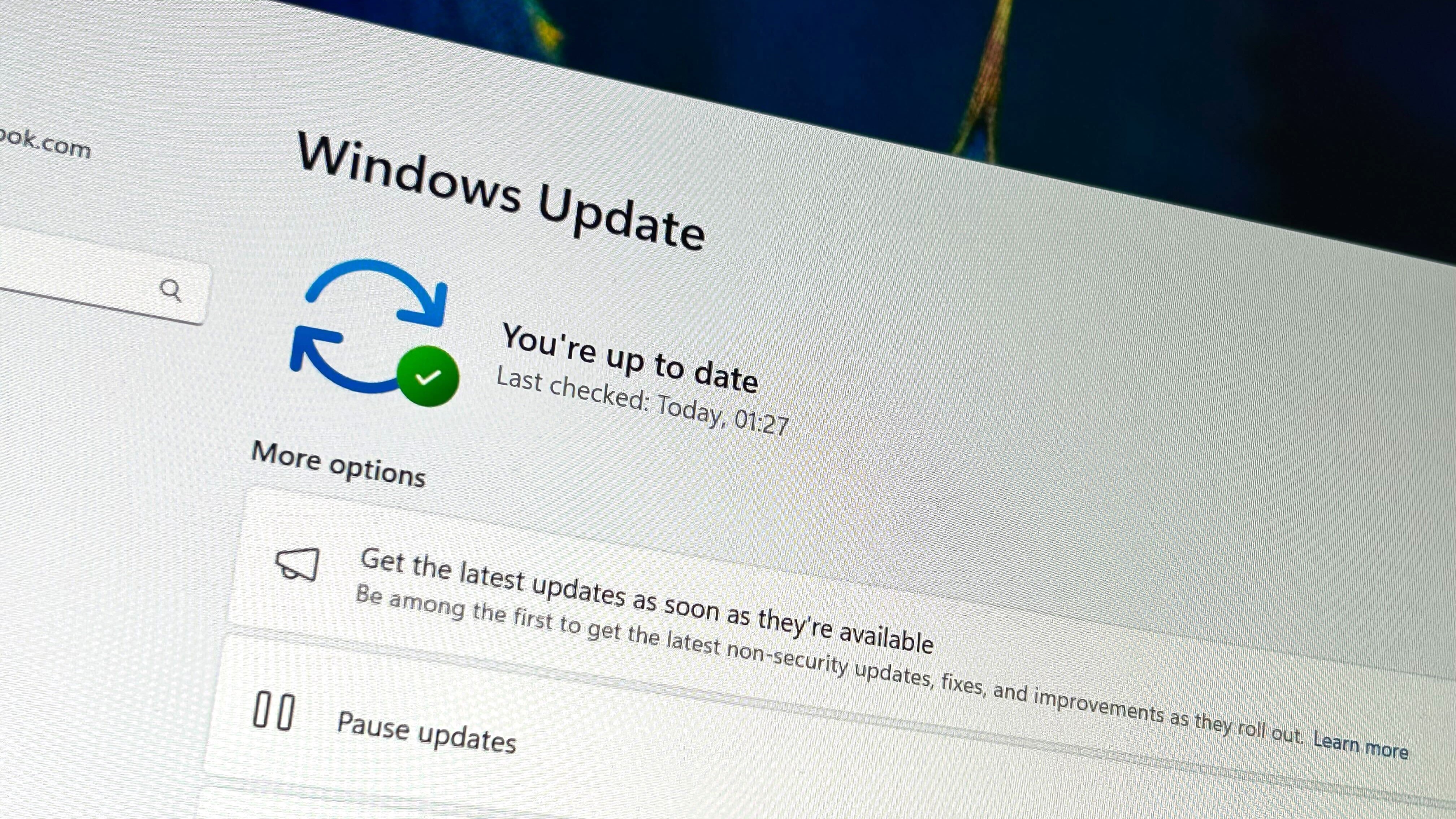What you need to know
- Microsoft has confirmed pricing for Extended Security Updates on Windows 10 beyond October 2025 for consumers.
- Consumers still using Windows 10 beyond the end of support date will have to pay $30 for an additional year of security updates.
- Consumers can only pay for one year of extended support, after that you’re out of luck.
- You don’t have to pay for updates, but that will leave you vulnerable to potential security exploits.
Windows 10’s end of support date is fast approaching, with the deadline currently set for October 14, 2025. In a blog post published today, Microsoft has confirmed that individuals using Windows 10 Home or Pro will have to pay $30 to remain supported with security updates. This fee will enter your PC into Microsoft’s Extended Security Updates (ESU) program, which will keep Windows 10 secure with monthly patches for an additional 12 months.
For the first time ever, Microsoft is allowing consumers to join the ESU program, likely because it foresees a large amount of people remaining on Windows 10 beyond its end of support date. For users who can’t move from Windows 10, the ESU program is a great option if you want to remain secure on the aging platform.
Of course, if you don’t want to pay for a further year of security updates, you don’t have to. You can risk running Windows 10 without security patches if you want, but that will make your PC vulnerable to any security exploits or bugs that are discovered within the OS post end of support.
Paying for updates will only last a year for consumers, Microsoft has confirmed. This means come October 2026 you won’t be able to pay for any more security updates. Commercial and education customers can pay for two additional years beyond October 2026, but that’s not available for individuals using Windows 10 on personal devices.
Microsoft says it will reveal more information about how users can enroll for extended support on Windows 10 sometime next year. For now, users can remain using Windows 10 securely for free for the next 11 months. Unsurprisingly, Microsoft’s recommendation is to upgrade to Windows 11 to remain secure, but not all Windows 10 PCs support Windows 11, and so the extended support updates program is a lifeline for those PCs.
What does end of support mean?
When Windows 10 reaches end of support on October 14, 2025, Microsoft will no longer be obligated to provide free monthly security updates and bug fixes. From this point onwards, app developers and hardware manufacturers may begin dropping support for Windows 10, however this is unlikely to happen immediately.
In the first few months after support ends, not much will change. Windows 10 will continue to function as normal, and many in-box apps will continue to be updated via the Microsoft Store. However, over time (we’re talking multiple years) apps and drivers may stop officially supporting Windows 10, which can lead to compatibility issues with your favorite apps and peripherals.
End of support is a natural part of the Windows lifecycle. It happened with Windows XP, and it happened with Windows 7. There comes a point where Microsoft is no longer obligated to support the OS, and slowly but surely third-party hardware and software developers follow suite.
The most important thing to worry about once support ends is your security. If you’re connected to the internet using a version of Windows 10 that hasn’t been updated in months, any newly discovered security exploits will be vulnerable to attack by malware or viruses. Windows 10’s built-in antivirus will continue to be updated with new definition updates until October 2028, but that’s not full protection from malware.
Ultimately, if you want to remain as secure as possible, your only options are to pay for access to the ESU program or upgrade to Windows 11, whether that be on your existing Windows 10 PC or by buying a new Windows 11 device. Although Windows 11’s system requirements are high, you can force Windows 11 to install on your unsupported Windows 10 PC. This isn’t recommended, but it’s a third-option if you want to remain secure but don’t want to buy anything.
There are still around 60% of Windows users running Windows 10, which equates to roughly 900 million Windows 10 PCs still in active use. That’s a huge majority, with Windows 11 coming in at around 30%, which is likely somewhere near the 500 million number. It will be interesting to how much Windows 10’s usage drops in the next year, and how that translates to Windows 11 growth.
A year ago, we reported that Windows 11 had surpassed 400 million monthly active devices. At the time, Microsoft was happy with the speed in which it had achieved this goal, and it’s now expecting another wave of users to move to Windows 11 over the next 12 months.





